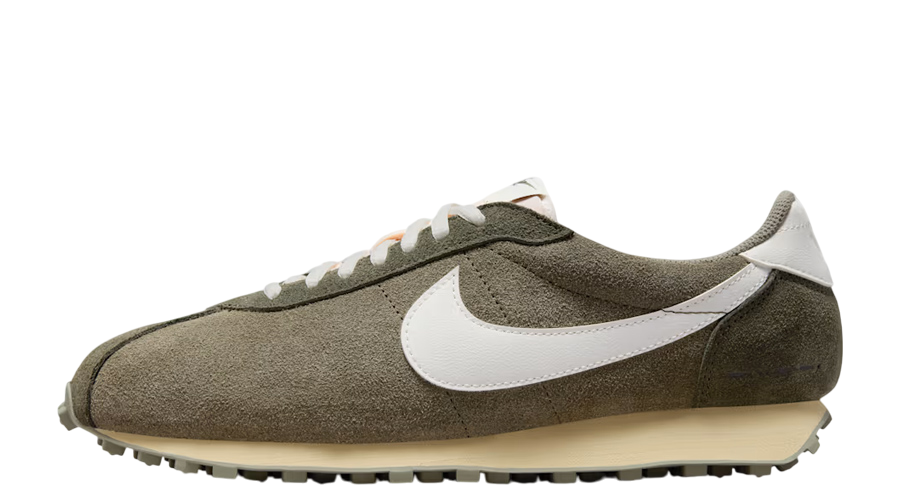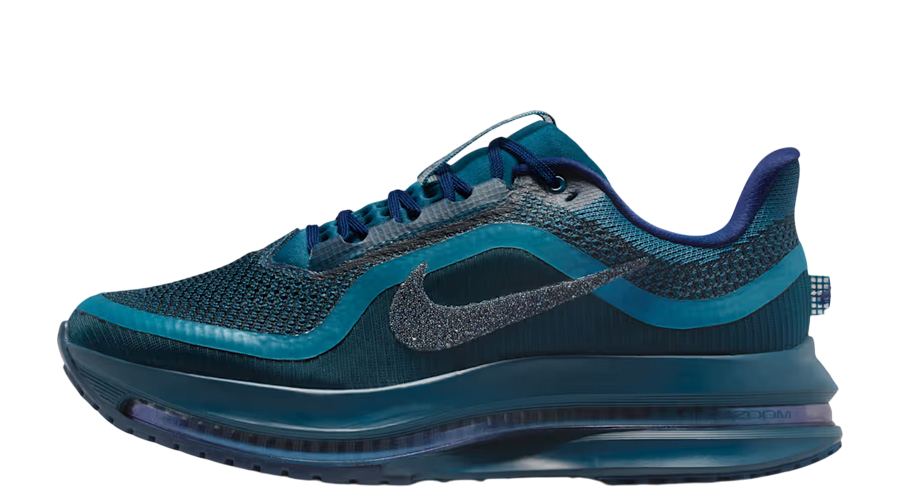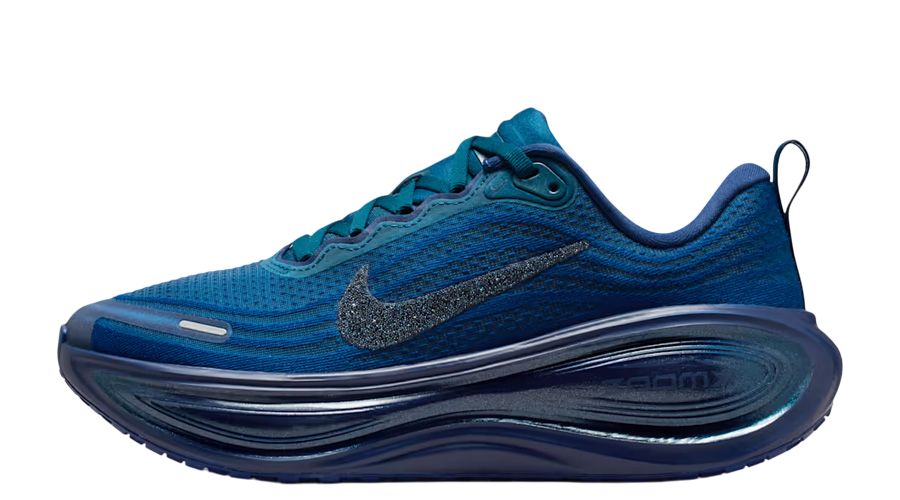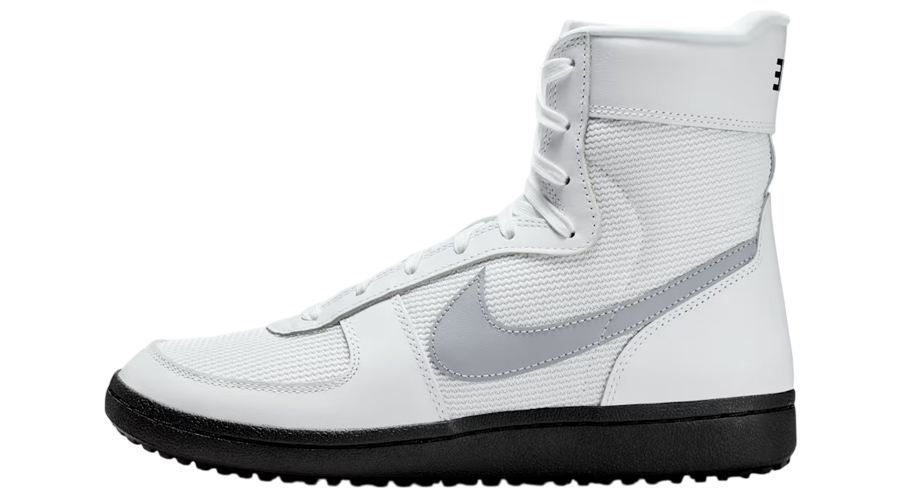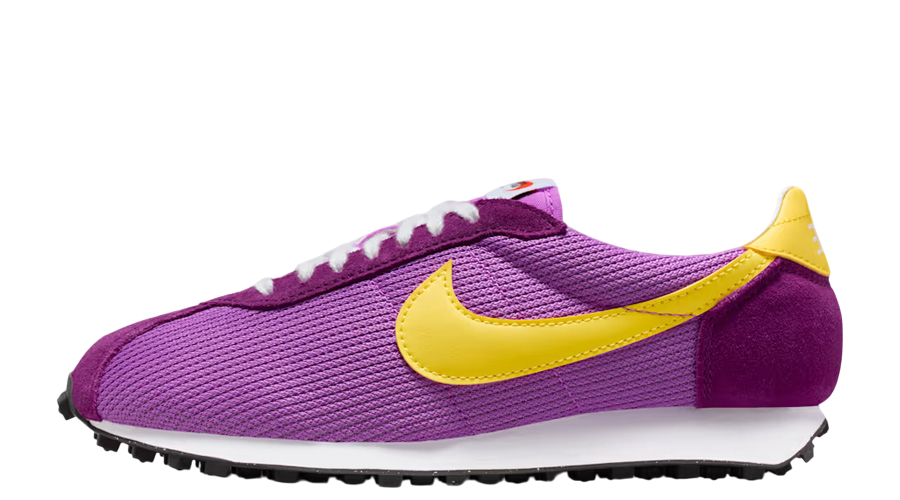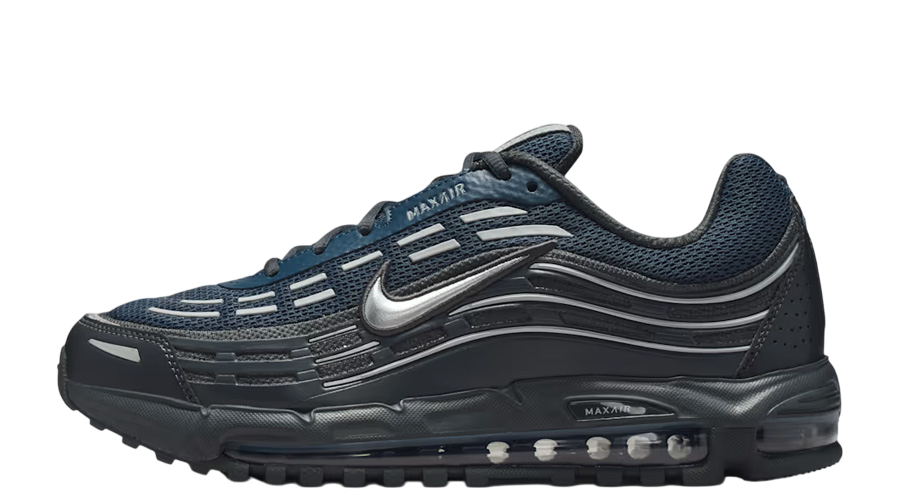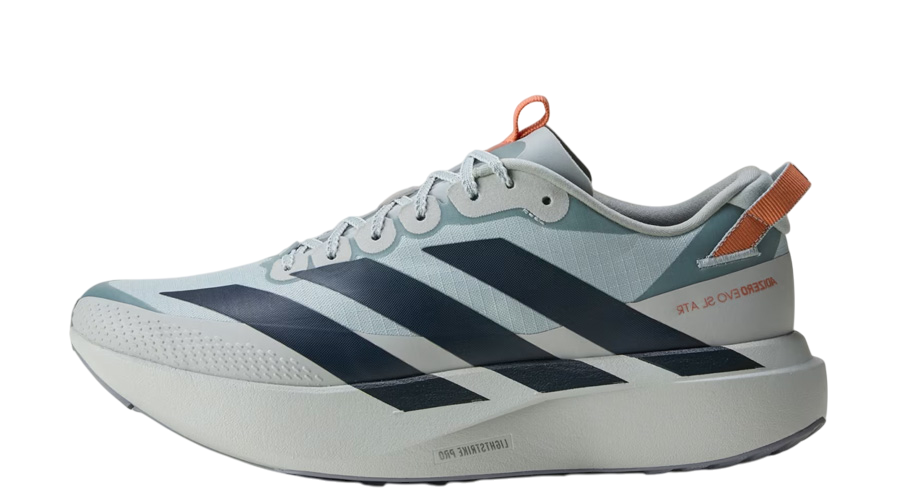A Brief History of Lacoste. What is Does the Lacoste Logo Mean?
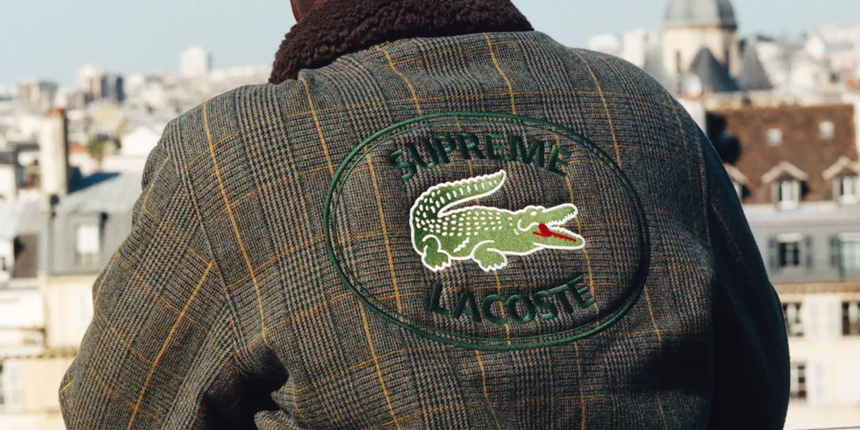
The Lacoste logo is more than just a symbol; it’s a statement. Instantly recognisable, the iconic crocodile stands for luxury and high quality. When you see that little croc on someone’s shirt, you immediately think, “Lacoste. Luxury!” It suggests a certain level of sophistication and affluence. The simplicity of the design adds to its charm, making it a standout in the fashion world.
Lacoste was founded by tennis legend René Lacoste, who was nicknamed “The Crocodile” for his tenacious style on the court. This nickname inspired the logo that has become synonymous with the brand. Over the years, Lacoste has seamlessly blended comfort with style, appealing to both fashion enthusiasts and athletes.
In this article, we’ll be diving into the history behind the Lacoste logo, how it has evolved, and its significance in shaping the brand’s identity. We’ll also explore what the crocodile symbolises and why it resonates with so many.

A Brief History of Lacoste
René Lacoste was not just a tennis champion; he was a visionary. Born in 1904, his accomplishments on the tennis court were impressive, but his impact off the court was equally significant. Known for his precision and skill, René earned the nickname “The Crocodile” due to his fierce and relentless playing style.
In the ’20s, tennis attire was far from comfortable. René, with his innovative spirit, sought to change that. He wanted something that combined style and comfort, leading to the creation of the first polo shirt. This shirt featured a soft, breathable fabric that was perfect for sports, yet stylish enough to be worn off the court. It was a game-changer.
In 1933, René teamed up with André Gillier, the owner of the largest French knitwear manufacturing firm at the time. Together, they founded Lacoste. Their goal was simple: to create high-quality, comfortable clothing that exuded style. The brand quickly gained popularity, and the iconic polo shirt became a staple in both sports and fashion. Over the years, Lacoste expanded its product line, but it always stayed true to its roots of combining elegance with comfort.
The Inspiration Behind the Crocodile Logo
The story behind the Lacoste logo is as fascinating as the brand itself. René Lacoste earned the nickname “The Crocodile” because of a bet. His tenacity on the tennis court caught the eye of an American journalist, who promised him a crocodile-skin suitcase if he won a particularly important match. Although René didn’t win the match, the nickname stuck.
René embraced this nickname, seeing it as a symbol of his determination and resilience. He decided to use it as the logo for his new brand. The crocodile emblem was a perfect representation of his fierce competitive nature and his commitment to excellence. It was designed to be simple yet powerful, embodying the spirit of the brand. This unique logo set Lacoste apart from other brands, instantly making it recognisable and symbolising quality and luxury.
The crocodile logo quickly became a mark of prestige, and wearing it was a way to show off one’s refined taste and style. It’s no wonder that even today, the Lacoste logo continues to be associated with elegance and sophistication.

The Evolution of the Lacoste Logo Over the Years
Since its creation, the Lacoste logo has remained remarkably consistent, a testament to its timeless design. However, there have been subtle changes and adaptations over the years to keep it fresh and in tune with contemporary trends.
In the ’30s, when Lacoste was first founded, the logo was a simple green crocodile, embroidered on the brand’s signature polo shirts. This original design was straightforward yet instantly recognisable, establishing the brand’s identity from the start.
As the decades passed, Lacoste made minor adjustments to the logo to enhance its clarity and appeal. In the ’50s, the crocodile became more detailed, with a more defined shape and texture. This change made the logo more distinct and visually appealing, aligning with the brand’s growing reputation for quality and style.
The ’70s and ’80s saw the logo undergo further refinements. The crocodile’s design was streamlined, and the embroidery became more precise, reflecting advances in manufacturing technology. These changes ensured that the logo maintained its elegance while improving its durability and appearance on various fabrics.
In the 2000s, as Lacoste expanded its product line to include more casual and athletic wear, the logo was occasionally adapted to fit different contexts. For example, on some sportswear, the crocodile was rendered in monochrome to match the sleek, modern designs. Despite these variations, the core elements of the logo remained unchanged.
Today, the Lacoste logo is a perfect blend of tradition and modernity. While it has seen minor updates to keep pace with fashion trends, it has retained its iconic look. The green crocodile, whether detailed or simplified, continues to symbolise luxury, quality, and timeless style.
Impact of the Logo on Lacoste’s Brand Identity
The crocodile logo has played a crucial role in shaping Lacoste’s brand identity. From its inception, the logo has been a symbol of quality and style, contributing significantly to the brand’s reputation.
The recognition factor of the Lacoste logo is immense. The simple yet distinctive crocodile is instantly recognisable, making it a powerful marketing tool. It sets Lacoste apart from other brands, creating a strong visual identity that is easily remembered by consumers.
This strong brand presence extends beyond just fashion. The crocodile logo has helped Lacoste establish a significant foothold in the sportswear market as well. Athletes and sports enthusiasts appreciate the brand for its comfortable and stylish clothing, which is always marked by the iconic logo.
Moreover, the logo has cemented Lacoste’s reputation for producing high-quality, elegant clothing. It signifies that each product meets the brand’s high standards. This assurance of quality has built trust with consumers, ensuring their loyalty and continued patronage.
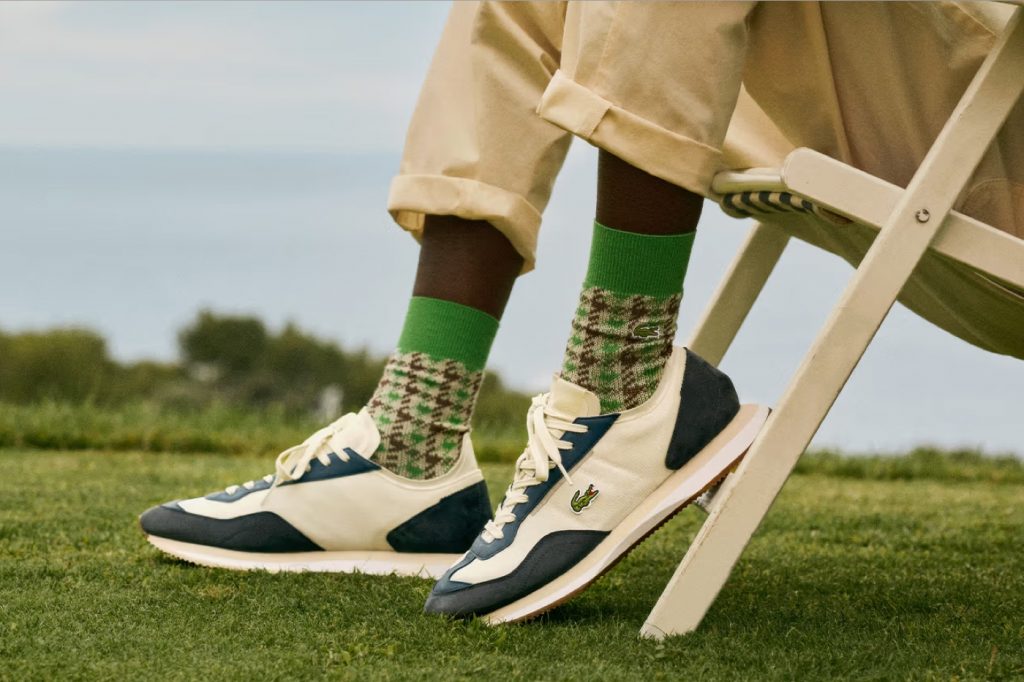
The Bottom Line
Lacoste products are truly worth it. The Lacoste crocodile logo represents luxury, quality, and timeless style. René Lacoste’s vision of combining comfort with elegance has endured through the decades, reflected in every product bearing the iconic crocodile.
The brand’s history of innovation and excellence, starting with the creation of the first polo shirt, sets it apart. The crocodile logo, symbolising resilience, strength, and elegance, reinforces consumer trust and loyalty.
Culturally, the logo has become a global fashion icon, appearing in both high fashion and everyday wear. This widespread appeal solidifies Lacoste’s place in the fashion and sportswear markets.
The logo’s impact on Lacoste’s brand identity is significant. It creates a strong, recognisable visual identity that maintains a loyal customer base while attracting new enthusiasts. The consistent quality and sophisticated design of Lacoste products make them a worthwhile investment.
In conclusion, Lacoste products combine style, durability, and the prestige of wearing a globally recognised brand. As fashion trends evolve, Lacoste remains a symbol of elegance, quality, and resilience, ensuring its products continue to hold value and appeal.

